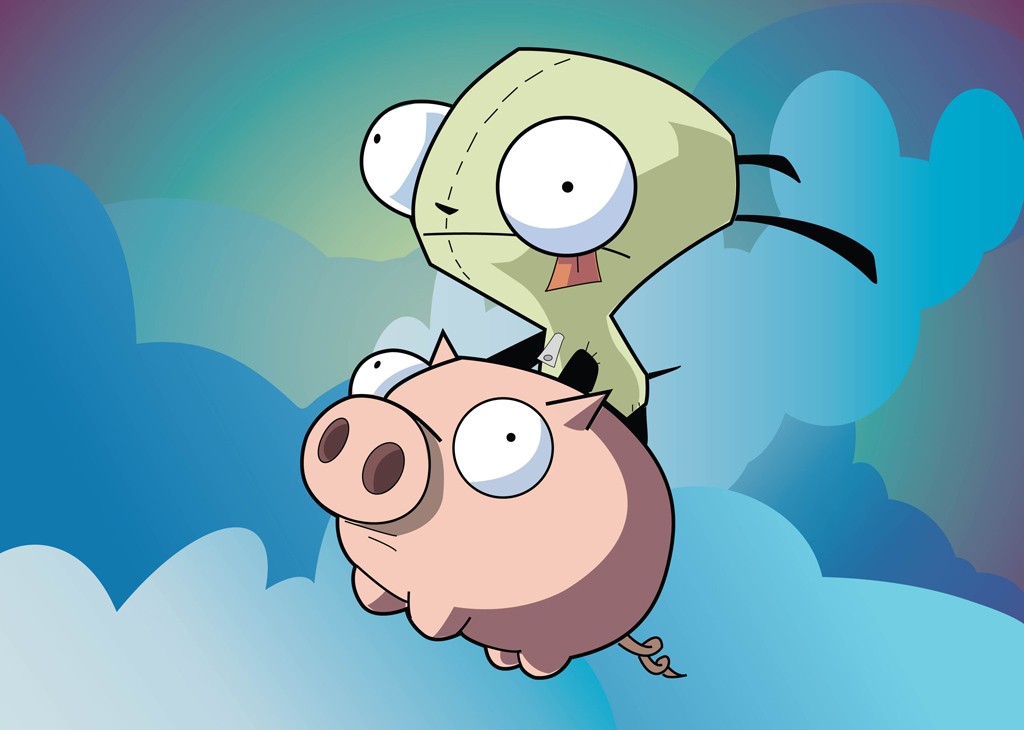The best Hello World I saw used a random library. Because there’s no true random without hardware, the author figured out the correct seed to write Hello World with “random” characters. I’ve used that to show junior devs that random in programming doesn’t mean truly random.
LGTM. Though do people really code with ligatures turned on?
Edit: Ok so there are some big advocates of ligatures, I’m going to have to give them a second chance. I’ll try for a week, and either way that Fira Code font looks great.
I was skeptical of ligatures at first, too, it took me awhile to warm up to it. But yeah, love me some Fira Code now.
I always do, I love having ligatures
Having ≠ looks much nicer then !=
Ah! You see, in my mind != looks nicer than ≠. Haha
As long as I don’t have to maintain it.
(Who tf downvoted this? The “legacy code” lobby?)
What is that weird >>=== symbol? Looks like a cross breed between C and JavaScript here.
I guess it’s a special kind of character called a ligature. They apparently are characters for combined operators. So in this case it seems to just be >>= all as one character?
It is exactly that. Some people really like them, others do not (me included). You usually need to go a little out of your way to get a font that supports ligatures for your editor.
It’s a the right shift assignment operator so
x >>= 4right shifts x by 4 and assigns the result back to x. The code editor is displaying single double wide symbol (ligature) instead of the three character long operator>=, I discovered today these are in fact well loved by some coders.I totally thought because of how long the equals looked, it was multiple equals characters, not just >>= lol. That’s what got me confused. Don’t think these are things I’d personally use but each to their own preferences right xD
Yeah… I love them. Makes my != look like ≠
Umm… someone explain this code please?
Bit shift magic.
My guess is that all the individual characters of Hello World are found inside the 0xC894 number. Every 4 bits of
xshows where in this number we can find the characters for Hello World.You can read x right to left. (Skip the rightmost 0 as it’s immediately bit shifted away in first iteration)
3 becomes H 2 becomes e 1 becomes l 5 becomes o
etc.
I guess when we’ve exhausted all bits of x only 0 will be remaining for one final iteration, which translates to !
Too readable. You’ve gotta encode the characters as the solutions of a polynomial over a finite field, implemented with linear feedback on the bit shifts. /s





